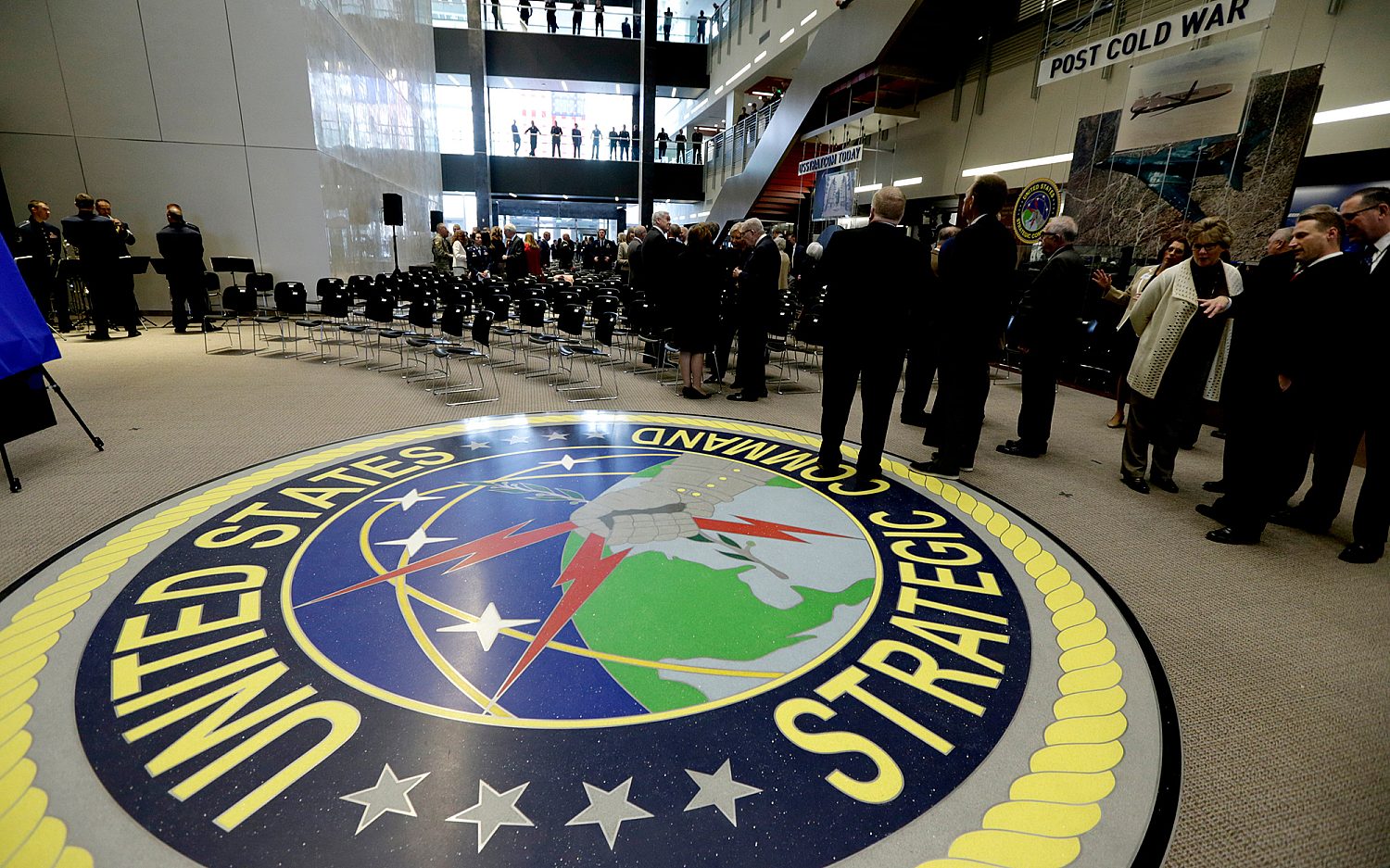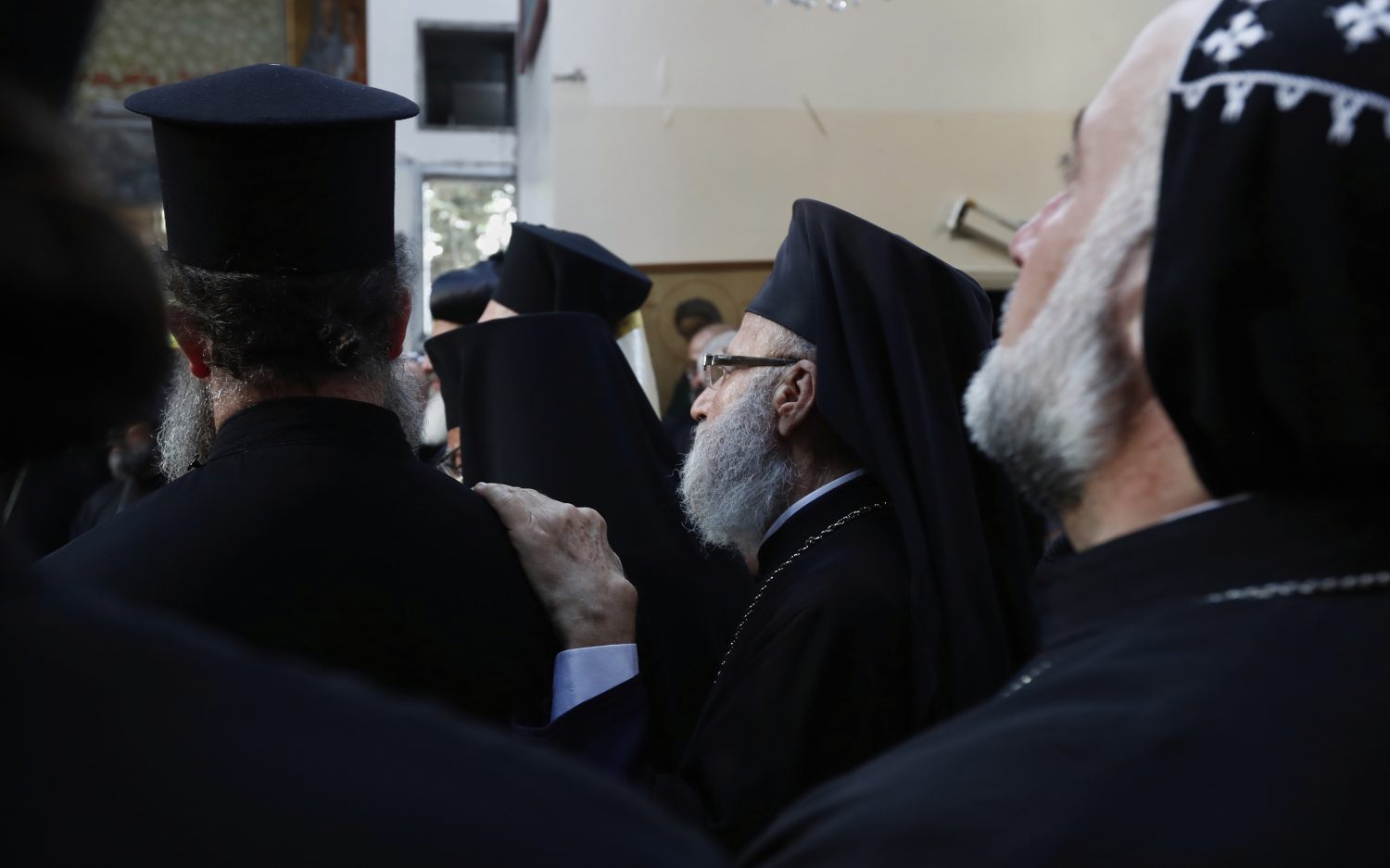'This can't be L.A.!'
A multimedia online exhibit commemorates the 60th anniversary of a groundbreaking Billy Graham revival
Sixty years ago today, a tall, blond preacher with a Southern drawl ignited an eight-week revival that propelled evangelical Christians into the national consciousness for the first time in decades.
A multimedia online exhibit, "Into the Big Tent: Billy Graham & the 1949 Christ for Greater Los Angeles Campaign," created by the Billy Graham Center Archives at Wheaton College went live today, commemorating the revival's anniversary with the release of interviews, photographs, film footage, and recordings available to the public for the first time in 60 years. The exhibit also includes correspondence, media coverage, and newspaper clippings that advertise "Billy Graham's 5th Sin-Smashing Week!" with a shocked cartoon character exclaiming, "This can't be Los Angeles!" as he watches men and women flock to Graham's tent.
The campaign, which lasted from September 25 to November 20, 1949, featured 72 services, drawing 350,000 people and making an estimated 3,000 adult converts. The November 7 rally alone drew 15,000 people, and Hollywood moguls offered him a movie deal, but Graham told newspapers, "I laughed in their faces. I wouldn't do it for $1,000,000 a month." The rest of the nation soon was smitten with Graham, too, as he became a national figure who would take his revival meetings across the country and then around the world, eventually becoming a spiritual adviser to United States presidents.
As he gained influence, Graham propelled evangelicals into the national consciousness along with him, said Bob Shuster, archivist for the Billy Graham Center Archives. After the Scopes Trial in 1925, fundamentalist Christians went into seclusion, separating themselves from modern life and refusing to involve themselves in the national arena. The 1949 revival marked an important change as Graham swept into Los Angeles with a $30,000 advertising budget and the goal of reaching not just Christians but the entire city: gangsters, starlets, Hollywood moguls, and all. This revival began the era of Christians entering the mainstream of public life, said Shuster-"not avoiding it or separating from it but going forth into it and talking about how you live a Christian life in the modern world."
Graham's outreach to gangsters ignited a minor controversy when a young petty criminal, Jim Vaus, converted to Christianity at the revival and reportedly arranged for Graham to meet his boss, gangster Mickey Cohen. When the news came out, Cohen claimed he had never met Graham and Graham retorted that Cohen certainly had. Cohen never converted to historians' knowledge, but Vaus went on to minister to youth in New York City.
For the next eight weeks, the online exhibit will post the sermons Graham preached on the same day 60 years ago. In the sermon Graham preached a year ago today, he warms the crowd with a folksy joke about lengthy sermons before touching on the themes of Christianity in modern, public life: "We are going to see what God has to say between the pages of this book. I don't believe you are interested in what I have to say about politics. I don't think that you're interested in what I have to say about social services. I don't believe that you're interested in what I have to say about philosophy. But I believe that you're tremendously interested in what God has to say in His Word. And so night after night we're going to be opening the Word and discussing timely subjects in the light of the Word of God. . . . Let's see what God has to say to us in 1949."
An actual newsletter worth subscribing to instead of just a collection of links. —Adam
Sign up to receive The Sift email newsletter each weekday morning for the latest headlines from WORLD’s breaking news team.




Please wait while we load the latest comments...
Comments
Please register, subscribe, or log in to comment on this article.